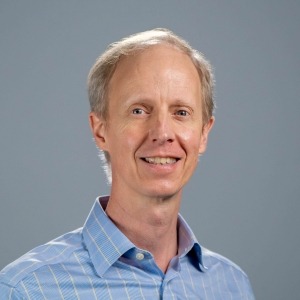Robert Harley
667 Davis Hall
Mondays and Fridays, 10:15-11:30 AM

Robert Harley is a Professor of Civil and Environmental Engineering at UC Berkeley. Harley's research focuses on air quality and sustainable transportation. Harley is the inaugural holder of the Carl W. Johnson Endowed Chair in Civil and Environmental Engineering at Berkeley, awarded in recognition of his record of scholarship and university and professional service.
Ph.D., Environmental Engineering Science, California Institute of Technology, 1993
M.S., Environmental Engineering Science, California Institute of Technology, 1988
B.A.Sc. (with honors), Engineering Science, Chemical Option, University of Toronto, 1987
The atmosphere carries a heavy burden of air pollution, with large contributions to the problem coming from the combustion of fossil fuels. As a society, we need to evolve towards a more sustainable, environmentally benign approach to meeting growing demands for energy. Harley’s research group uses mathematical models and data from field experiments to help understand air pollution problems and related issues in atmospheric chemistry, climate change, and emission source characterization and control. Here are a few of the research projects Harley is currently working on:
Air Quality Modeling - Some air pollutants are formed in situ from other precursor emissions by photochemical reactions in the atmosphere. Air pollution problems of this type, including tropospheric ozone and many of the major components of airborne fine particulate matter or PM2.5, have complex relationships to precursor emissions. Harley’s research group uses mathematical models to synthesize an understanding of precursor emissions and relevant processes that take place in the atmosphere.
- "Fuel-based" Approach to Estimating Vehicle Emissions - Harley has led development of a fuel-based approach to estimating motor vehicle emissions in which vehicle activity is measured by fuel consumption, and emission rates are expressed per unit of fuel burned rather than per km traveled or per unit of time. Emission rates for many pollutants (e.g., CO, NOx, as well as CO2, of course) vary less over wide ranges of vehicle weight and driving conditions when normalized to fuel consumption. This line of research has contributed to policy-relevant revisions in national and state-level emission inventories.
News
No mentions in News
Spotlights
| Title | Publication Date |
|---|---|
| Jacob Ahmed |
Student Updates
No mentions in Student Updates


